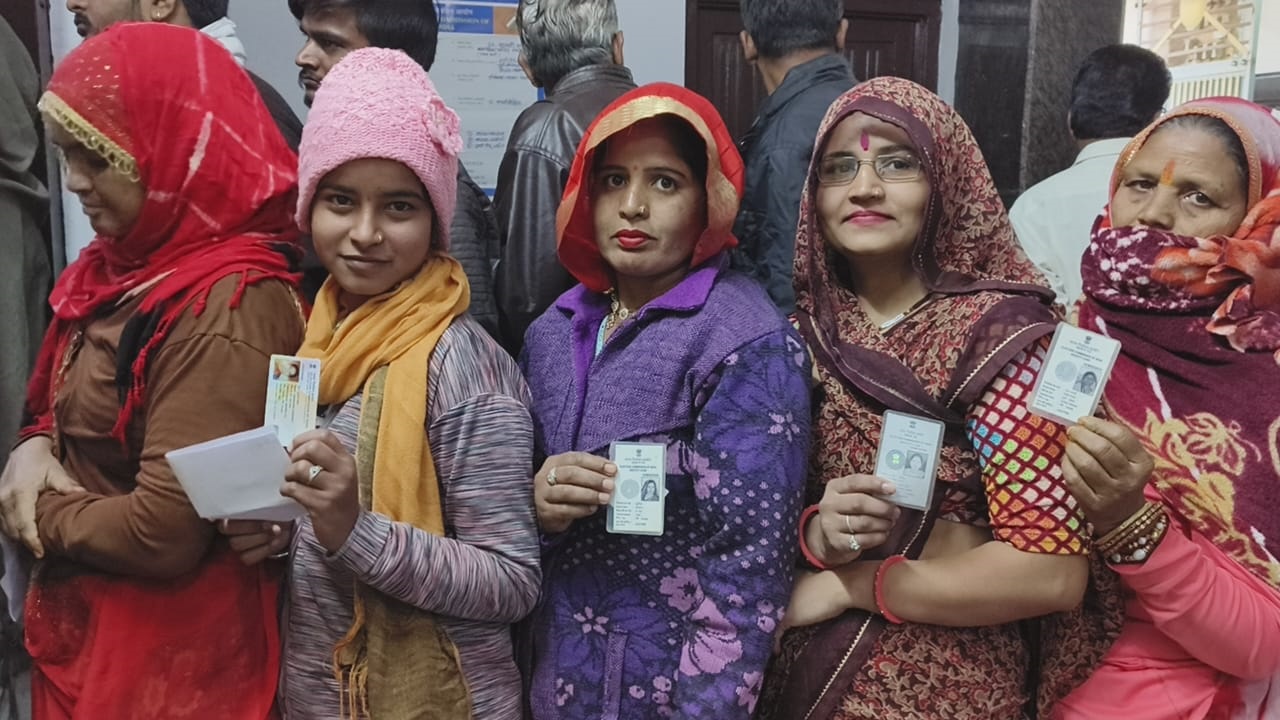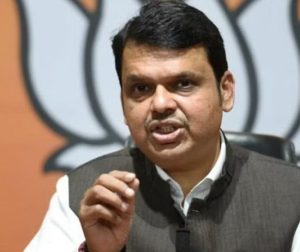Jaipur, 27 November: This time in the political battle of Rajasthan, women have been more conscious about utilising their voting rights. There have been 88 assembly seats in Rajasthan where the voting percentage of women has been more than that of men.
In terms of total voting also, the voting percentage of women has been more than that of men. This fact has emerged from the analysis of the data of the State Election Department after the completion of voting. In the 2018 assembly elections, there was 74.71 percent voting in the state.
In this, the voting percentage of men was 74.75 and the voting percentage of women was 74.67. At the same time, this time the voting percentage of men was 74.53 and the voting percentage of women was 74.72. It is clear from this that there has been some increase in the voting percentage of women.
One thing that has clearly emerged from the analysis of the voting pattern this time is that women have emerged in the role of vigilant sentinels of democracy as compared to male voters. Women have overtaken men in terms of voting percentage in 199 seats of the state. There are 88 assembly seats in the state where women have left men behind in terms of voting percentage.
Chief Electoral Officer Praveen Gupta says that the voting percentage of men in the state was 74.53 percent and the voting percentage of women was 74.72 percent. Similarly, there are 88 assembly seats in the state, where the voting percentage of women has been higher than that of men.
He said that in Pokhran the voting percentage of men was 87.40 and the voting percentage of women was 88.23. In Ghatol, the voting percentage of men was 85.30 and the voting percentage of women was 85.40. In Bari, the voting percentage of men was 83.84 and the voting percentage of women was 84.66.
Similarly, in Shahpura the voting percentage of men was 83.27 and the voting percentage of women was 84.44. In Baytu, the voting percentage of men was 81.90 and the voting percentage of women was 85.04. In Shiv, the voting percentage of men was 82.00 percent and the voting percentage of women was 84.81 percent. In Taranagar, the voting percentage of men was 81.35 and the voting percentage of women was 83.78.
Similarly, in Bhadra the voting percentage of men was 82.22 and the voting percentage of women was 82.74. In Chaurasi, the voting percentage of men was 81.34 and the voting percentage of women was 82.20. In Banswara, the voting percentage of men was 80.70 and the voting percentage of women was 81.36.
It is clear from the Election Commission data that Pokaran (88.23), Kushalgarh (87.54) and Tijara (85.44) have been the most voted seats in terms of women. At the same time, the three major seats lagging behind in terms of women voting are Jodhpur, Todabhim and Bamanwas. In Jodhpur, the voting percentage of women was 62.97 percent, while in Todabhim the female voting percentage was 63.22 percent and in Bamanwas, the female voting percentage was 63.63 percent.
The 88 seats where the voting percentage of women has increased include Pokaran, Ghatol, Bari, Shahpura, Baytu, Shiv, Taranagar, Bhadra, Chaurasi, Banswara, Barmer, Gudhamalani, Dhariyavad, Bandikui, Jahazpur, Nathdwara, Osian, Parbatsar, Mavli, Kaman, Raniwada, Phulera, Garhi, Jaisalmer, Ramgarh, Rajakheda, Sadulpur, Churu, Kotputli, Laxmangarh, Udaipurwati, Vallabhnagar, Thanagaji, Chauhtan, Viratnagar, Khandela, Makrana, Dantaramgarh, Shergarh, Nawan, Khetri, Asind, Mandawa, Gogunda. Is.
Similarly, Baseri, Sagwara, Aspur, Nawalgarh, Didwana, Pachpadra, Dungarpur, Sikar, Ratangarh, Khairwada, Dhod, Neemkathana, Ladnun, Degana, Mahua, Salumber, Bansur, Jhunjhunu, Kathumar, Fatehpur, Bhim, Pindwara Abu, Nadbai, Beawar. , Reodar, Shrimadhopur, Sikrai, Surajgarh, Sujangarh, Pilani, Jaitaran, Kumbhalgarh, Vair, Deeg-Kumher, Sojat, Bilara, Bali, Sirohi, Bhinmal, Siwana, Jalore, Sumerpur, Marwar Junction and Ahor assembly seats, women are more than men. Voting percentage has been high.





